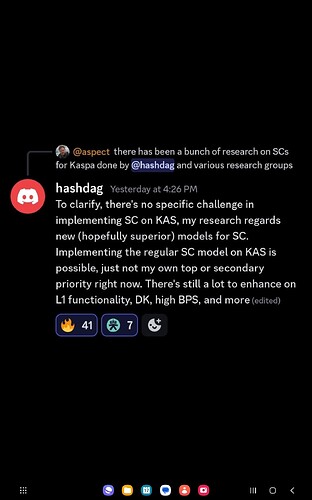So we know that Satoshi Nakamoto envisioned the mining to be actually competitive meanwhile the founder of Kaspa wants every honest miner to win (hence why orphans are incorporated) - but why?
Well, the idea was to make the mining as appealing as possible while working with Iceriver on the production of ASICs. Millions were invested in Kaspa. Later Bitmain decided to join as well cuz why not?
I mean, let us have a look at the most profitable ASICs and how ridiculously expensive they were and still are.
Btw, the early miners mined BIG bags of Kaspa using FPGAs.
So apart from Iceriver and Bitmain to pump the price of the coin, many community members are also obsessed with shilling this thing as the next Bitcoin, hoping that people will be gullible enough to fall for it.
Kaspa is a speedmined coin and by 2025, 90% of its total supply will have been mined.
It is one of the best scams in the making and many clueless people will become victims.
And then, let us be honest, BlockDAGs are overrated and not yet battle-proven.
However, Sompolinksy decided to implement the DAG to speed up the mining by orders of magnitude and keep the network secure by implementing GHOST aka „greedy heaviest observable sub tree“ which is a consensus suitable for clients, not caring about the massive bloating. Now increase the bloating by 10 blocks per second or even worse, by 100! That is insanity. But many people are blinded by the value of this coin and it will not end well.
Compared to Bitcoin’s and other Satoshi-derived blockchains monetary policy, Kaspa is a mere speedmined shitcoin.
There are MUCH better projects, such as Alephium and Nexa which are striving to become digital value
systems by utilizing native UTXO-based tokens in smart-contracts of EVM-like complexity.
Kaspa is nothing. Don’t fall for the hype.

